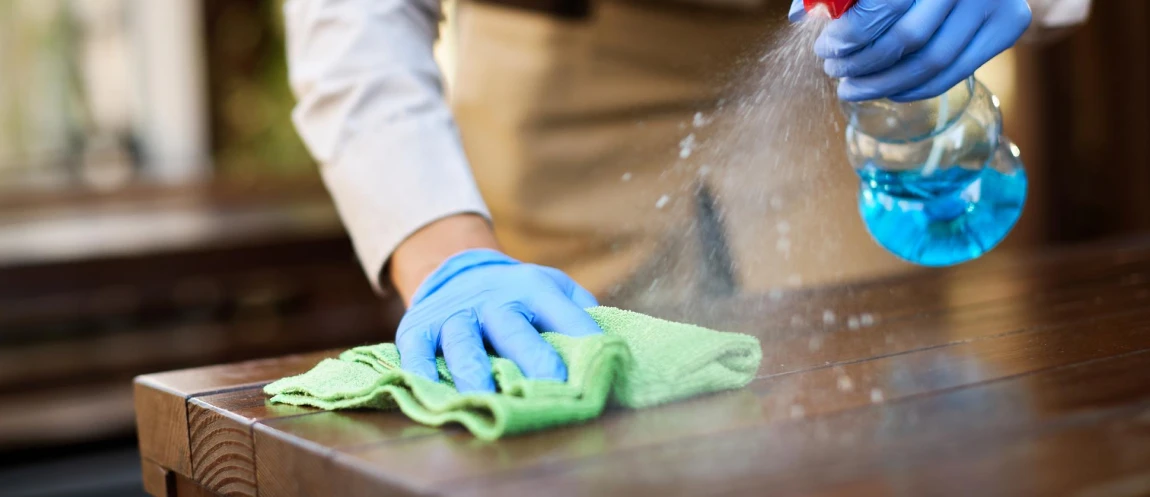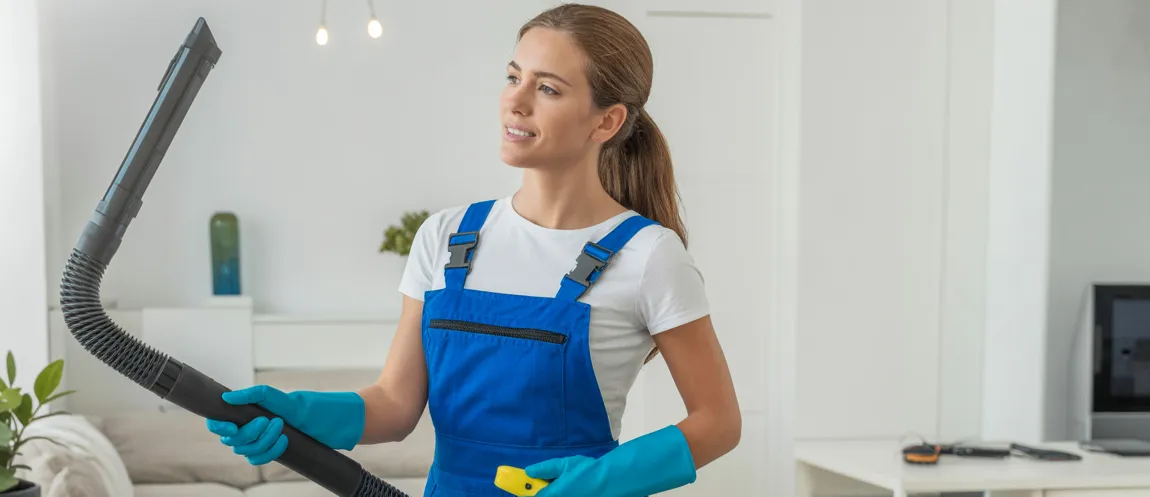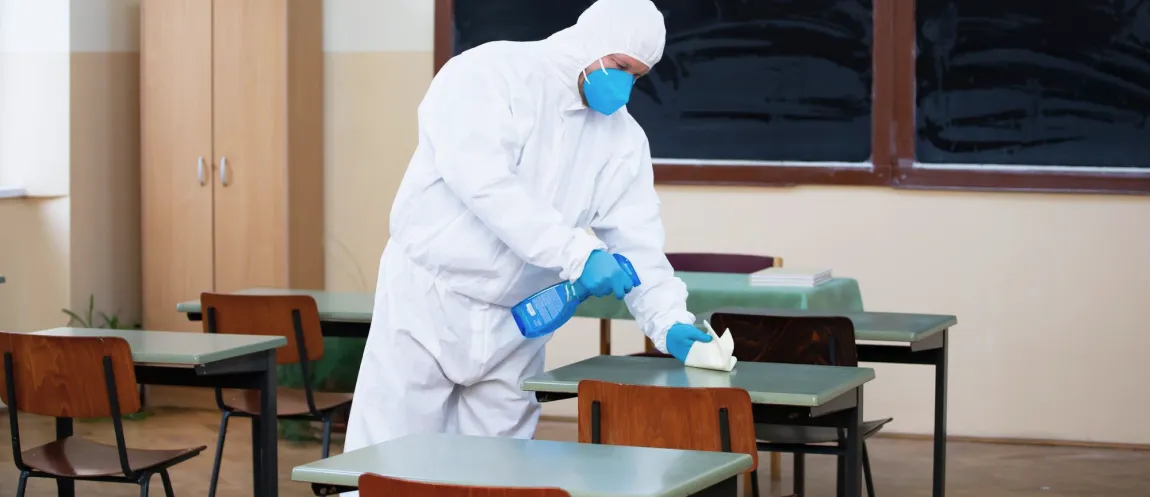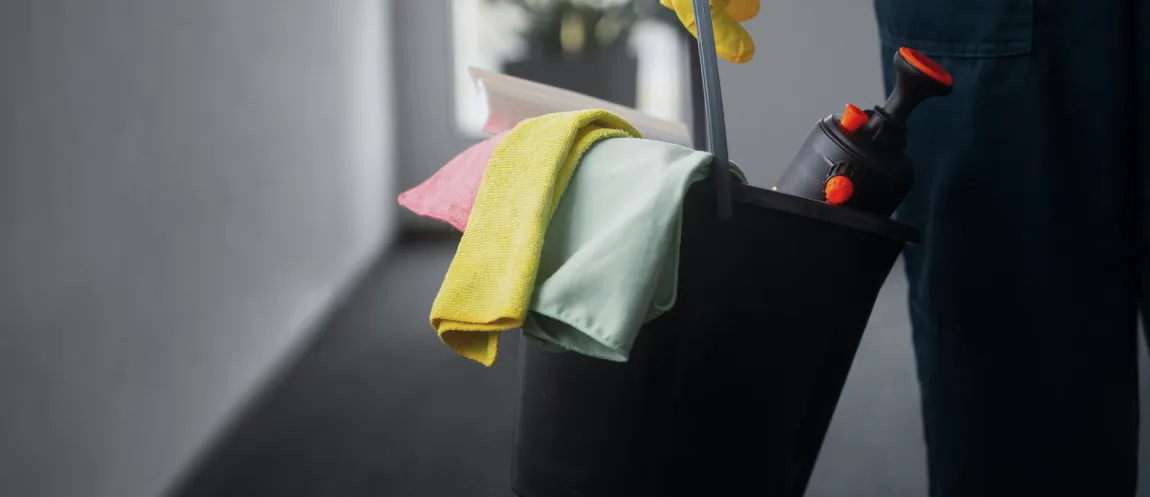Shared spaces, whether in offices, clinics, gyms, or waiting rooms, are the unsung hubs of connection. But when furniture in these spaces gets overlooked, it becomes a silent carrier of germs. Every seat, armrest, or tabletop tells a story, and without proper cleaning, some of those stories are best left untold.
Cleanliness isn’t just about appearance. It’s about health, trust, and comfort. Sanitizing furniture is a simple yet powerful step toward keeping shared environments safe for everyone who passes through.
Why Sanitizing Furniture Matters?
Furniture in communal areas endures a revolving door of users throughout the day. This constant contact turns couches, chairs, and tables into potential hotspots for bacteria, viruses, and allergens.
Routine surface cleaning isn’t enough. While it might wipe away visible dirt, it doesn’t eliminate the microscopic threats lurking within fabric fibers, seams, and less-obvious touchpoints.
Here’s what’s really at stake:
- Health Protection
Proper sanitization reduces exposure to bacteria like E. coli or MRSA and viruses, including the flu or norovirus. - Reputation Management
For businesses, visibly clean furniture speaks volumes. It builds trust, shows professionalism, and signals that customer well-being is a priority. - Extended Furniture Lifespan
Dirt and grime break down upholstery over time. Regular sanitizing helps preserve the integrity and aesthetics of furniture, making it last longer.
When Cleaning Isn’t Enough?
Disinfecting and cleaning are not the same. Cleaning removes dirt. Sanitizing actively kills germs on surfaces. While daily wiping helps, professional-grade furniture sanitizing services go deeper, using specialized equipment and safe, hospital-grade solutions.
Consider these high-traffic zones:
- Office lobbies
- Dentist and medical clinic waiting rooms
- Gym lounge areas
- Hotel reception seating
- Co-working spaces
These aren’t just places where people gather, they’re places where germs gather, too. Standard janitorial routines rarely address upholstery, cushions, and fabric furniture with the attention they deserve.
The Sanitizing Process: What It Looks Like
A professional service doesn’t just spray and walk away. Effective furniture sanitizing involves multiple steps for thorough coverage and safety.
- Deep Penetration
Technicians use steam or electrostatic sprayers that reach into creases and fabric fibers where pathogens hide.
- Safe Solutions
Eco-friendly and non-toxic disinfectants eliminate germs without leaving harmful residues or odors.
- Fast Drying
Modern sanitizing methods are designed for speed. Furniture is sanitized and ready for use within hours, not days.
- No Surface Left Behind
Handles, armrests, headrests, and even under-seat areas get the same level of care as visible surfaces.
Signs It’s Time to Sanitize
If you’re wondering whether it’s necessary, here are a few indicators that it’s long overdue:
- Odors linger even after cleaning
- Upholstery looks dull or feels sticky
- You’ve had recent flu outbreaks or illness in your space
- It’s been months (or years) since your last professional treatment
Ignoring the signs can lead to more than just discomfort, it can escalate to serious health concerns for visitors and staff alike.
Make Shared Spaces Healthier
Keeping furniture clean is no longer just about aesthetics. It’s about responsibility. Choosing professional furniture sanitizing services ensures deep, targeted cleaning that goes beyond the surface.
DLL Cleaning Services provides expert sanitizing for all types of shared environments. With proven methods and a commitment to safety, DLL helps businesses create spaces that are not just clean but genuinely healthy.
Protect your space. Make a lasting impression. Contact DLL Cleaning Services today to schedule a furniture sanitizing appointment!
FAQs
How often should shared furniture be sanitized?
Every 3 to 6 months is recommended, depending on foot traffic. High-traffic areas may need more frequent attention.
Does sanitizing furniture remove odors?
Yes, professional sanitizing helps eliminate odors caused by bacteria and trapped dirt in upholstery.
Is it safe for all types of fabrics and materials?
Reputable services use fabric-safe, eco-friendly products suitable for most upholstery types, including leather, vinyl, and cloth.
How long does the sanitizing process take?
Most jobs are completed within a few hours, with furniture ready for use the same day.
What’s the difference between cleaning and sanitizing furniture?
Cleaning removes surface dirt and stains; sanitizing targets and eliminates germs, bacteria, and viruses for a safer environment.




